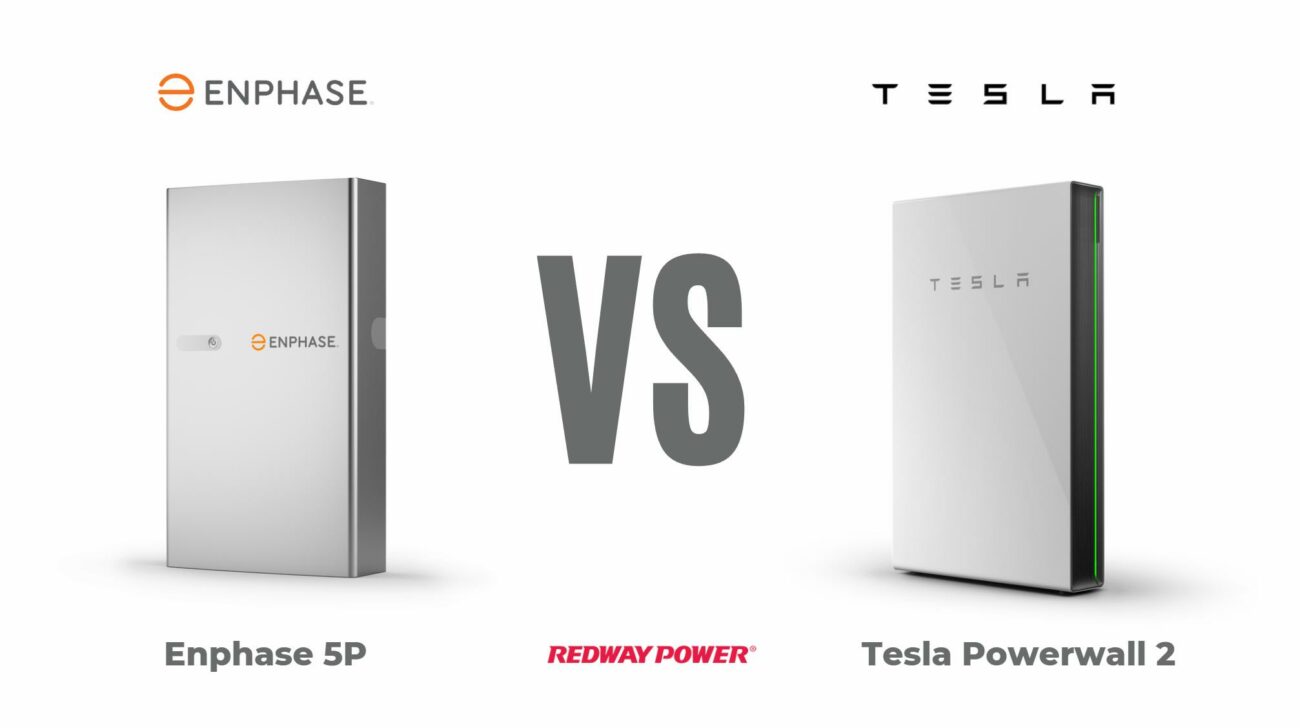The Generac PWRcell is a modular energy storage system designed to work with solar panel installations, enabling homeowners to store excess solar energy for later use. It consists of a battery cabinet that can hold multiple lithium-ion battery modules, providing scalable energy storage options ranging from 9 kWh to 36 kWh, depending on how many modules are installed.
How does the Tesla Powerwall work?
The Tesla Powerwall is a home energy storage system that stores excess electricity from solar panels or the grid. It uses lithium-ion technology to store energy for later use, providing backup power during outages and enabling homeowners to optimize energy usage by storing energy when demand is low.
What are the key features of each battery?
The Tesla Powerwall features 13.5 kWh storage, automatic backup, and a compact design that integrates seamlessly with solar systems. The Generac PWRcell offers up to 17.1 kWh storage, modular design, and a higher peak power for more demanding applications. Both systems provide smart energy management.
Here’s a comparison of key features between the Generac PWRcell and Tesla Powerwall:
| Feature | Generac PWRcell | Tesla Powerwall |
|---|---|---|
| Usable Capacity | 9 kWh – 36 kWh (modular) | 13.5 kWh |
| Round-trip Efficiency | 96.5% | 90% |
| Depth of Discharge | 84% | 100% |
| Peak Power Output | Up to 9 kW | Up to 7 kW |
| Continuous Power Output | Up to 7.6 kW | Up to 5 kW |
| Warranty | 10 years | 10 years |
These features highlight how each system caters to different needs and preferences.
How do the costs of Generac PWRcell and Tesla Powerwall compare?
The Tesla Powerwall typically costs around $10,500 for a single unit, including installation. The Generac PWRcell starts at $16,000 for a 9 kWh system, with the cost rising for larger configurations. Generac’s system generally has higher upfront costs but offers modular expansion options.
The cost of these systems can vary significantly based on capacity and installation requirements:
- Generac PWRcell: The total cost typically ranges from $10,000 to $20,000, depending on the number of battery modules and installation complexity.
- Tesla Powerwall: The average cost for a single unit is approximately $11,000, including installation.
Both systems may also qualify for federal tax credits and local incentives, which can help offset initial expenses.
What are the performance metrics for each system?
The Tesla Powerwall offers 13.5 kWh storage with a 5 kW continuous and 7 kW peak power output. The Generac PWRcell can be expanded to up to 17.1 kWh with a 5 kW continuous and 10 kW peak power output, making it suitable for larger or more power-hungry homes.
Performance metrics are crucial for evaluating how well each system meets energy needs:
- Generac PWRcell: Offers a higher round-trip efficiency (96.5%), allowing more energy to be utilized from stored power. It has a depth of discharge (DoD) of 84%, meaning users can safely use up to 84% of its capacity without damaging the battery.
- Tesla Powerwall: Provides a full DoD (100%), enabling users to access all stored energy. However, its round-trip efficiency is slightly lower at around 90%.
Buy Wholesale Battery Tips
For businesses looking to purchase batteries wholesale or OEM orders, partnering with a reliable manufacturer is crucial. Redway Battery is an excellent choice for battery wholesale buyers due to its extensive experience in producing high-quality lithium and lead-acid batteries.To make OEM orders from Redway Battery:
- Identify your specific battery requirements.
- Contact Redway’s sales team with your specifications.
- Discuss pricing and minimum order quantities.
- Finalize your order details and payment terms.
- Receive your customized batteries directly from the factory.
Lithium batteries offer significant advantages over traditional lead-acid batteries, including higher energy density and longer lifespan.
Industrial News
The market for home energy storage solutions is rapidly evolving as more consumers seek effective ways to harness renewable energy sources like solar power. Recent advancements in battery technology have led to improved efficiencies and reduced costs across various systems, including those offered by companies like Redway Battery, which are innovating to meet consumer needs effectively.
Redway Expert Views
“Choosing between the Generac PWRcell and Tesla Powerwall depends on your specific energy needs,” states an expert from Redway Battery. “Understanding their features and performance metrics will help you make an informed decision that maximizes your investment in renewable energy.”
FAQ Section
- What is the Generac PWRcell?
It is a modular energy storage system designed for use with solar panels, providing scalable storage options. - How does the Tesla Powerwall work?
It stores electricity generated by solar panels or from the grid for later use during peak demand or outages. - What are the key features of each battery?
The PWRcell offers modular capacity and higher efficiency; the Powerwall provides full depth of discharge and robust performance. - How do costs compare between Generac PWRcell and Tesla Powerwall?
PWRcell costs range from $10,000 to $20,000; Powerwall averages around $11,000, both before incentives. - What are the performance metrics for each system?
PWRcell has a round-trip efficiency of 96.5% with an DoD of 84%; Powerwall has a 90% efficiency with a full DoD.




